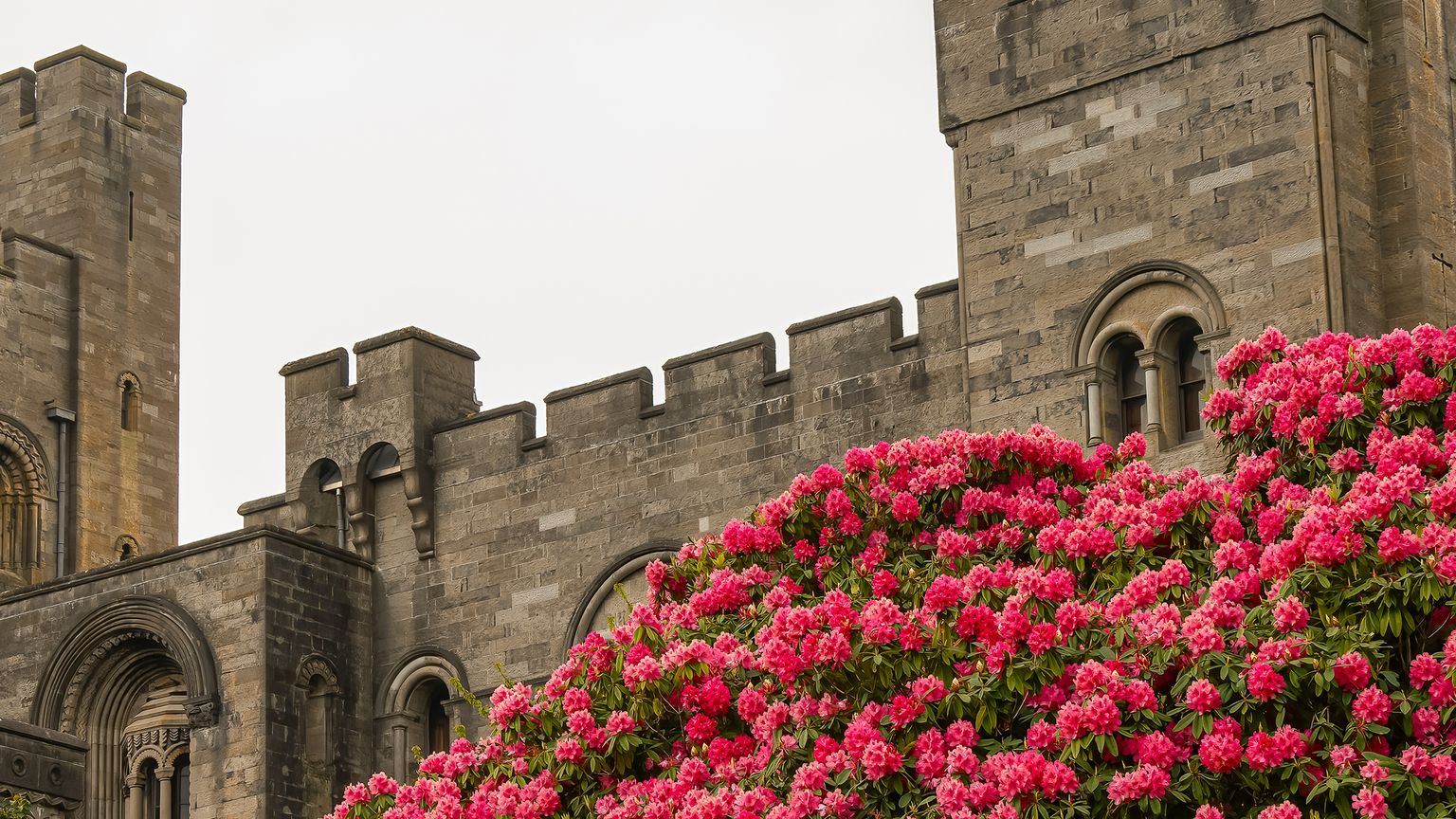
Tips from a foodie: What to eat in France, Spain, and Portugal
Crêpes with honey, anchovy pintxos, pastel de nata—here are some of the best dishes Go Ahead staffer Rebecca enjoyed on tour in France, Spain, and Portugal.
Of the many amazing things Go Ahead staffer Rebecca enjoyed on our Marian Shrines & the Way of St. James tour, it was the food she tried throughout France, Spain, and Portugal that really wowed her. Here, she shares some can’t-miss dishes and restaurant recommendations for travelers looking to savor the best-of-the-best on each stop of this unforgettable journey.

Dishes to savor in France
Crêpes, breads, cheese, duck, pâté, gâteau Basque
In Paris, try: crêpes with honey
The first thing I ate in Paris was a crêpe with honey! It was delicious. The crepe was nice and thin, soft but crispy, and there were so many different kinds of honey to choose from.
In Lourdes, try: duck at Le Piment Rouge
Le Piment Rouge was a fantastic restaurant where the food, presentation, and service were spectacular. This would have been a good place for me to be brave and order duck, but I tried a fellow traveler’s duck dish instead—it was fabulous!
In Saint-Jean-de-Luz, try: gâteau Basque and a meal at Restaurant Aux Pigeons Blancs
The cherry gâteau Basque is the most traditional cake in the Basque region of France, but the almond cream is the most popular—so I tried both! I liked the almond cream version the best. It had a soft consistency in the middle with a hint of almond. I also ordered a great shrimp dish at Restaurant Aux Pigeons Blancs in the center of town. The fixed menu was a bit expensive—19.50 euro at lunchtime—but this was one of the best meals I had on the whole tour.

Dishes to savor in Spain
Pintxos, seafood, blood sausage, serrano ham
In San Sebastian, try: pintxos at Bar Txepetxa
A local told me to go to the pintxo bars that are full of people and ask for the specialty—then, go on to try more at the next place! The best spot to bar hop for pintxos in San Sebastian is the main street, Calle de Fermín Calbetón, where I visited a famous restaurant called Bar Txepetxa. Unlike most pintxo bars that offer a variety of tapas-like options, this one only offers anchovy pintxos with a selection of different toppings. It was a definite highlight.
In Burgos, try: morcilla de Burgos and alubias
I usually go for regional dishes, and_ morcilla de Burgos_ is a must-try. It’s a blood sausage prepared with rice and spices and it’s very tasty! I also picked up some dried red beans called alubias, which are popular in Basque Country. They’re artisanal and hand-picked in Burgos, but they’re expensive—I bought a kilo for 20 euros (yikes!).
In León, try: morcilla de León and croquetas
The morcilla de León is very different from the Burgos morcilla. It’s more of a spread, and it’s delicious on top of bread. I also ordered ham and cheese croquetas,which are traditional fried bites made with béchamel and other fillings like cod, ham, or chicken. My mother-in-law always makes them—they’re my Spanish comfort food!
In Santiago de Compostela, try: pulpo a la gallega and navajas Pulpo a la gallega is octopus prepared Galician-style, with just olive oil, salt, and paprika. My husband makes this at home when we get octopus, so this was a highlight for me. Another thing I loved were navajas, or razor clams, which were prepared quite simply with olive oil, salt, and lemon.
If you want paella: order it with a big group and expect to wait Though paella is more of an Andalusian dish, there were tons of paella places in Santiago de Compostela—which is no real surprise with all the great seafood in the coastal city! But ordering a portion for one person if usually really expensive if the chef makes it to order, so gathering a group of your fellow travelers who want to try the dish is the way to go. Also, expect to wait for the best and freshest paella; if your dish comes in less than 25 minutes that means that the rice was pre-cooked and has been sitting out.

Dishes to savor in Portugal
bacalhau, bolinhos de bacalhau, pastel de nata
In Fátima, try: bolinhos de bacalhau
Portugal is known for its fresh seafood and bacalhau, or salted cod, is the national dish. One of the most popular ways to eat it? In the form of bolinhos de bacalhau, which are salt cod fritters you can find throughout the country, especially near the coast. They’re delicious!
In Lisbon, try: pastel de nata at Pastéis de Belém
These pastries were my favorite sweet of the entire trip! They’re filled with pastry cream called crema pastelera, which is one of the things I learned to make while living in Argentina, and I tried one of the best versions at the famous Pastéis de Belém pastry shop. The consistency of the crema pastalera was just perfect.
If you want to eat outside in Lisbon, visit: Rua de Rosa
If you’d like to grab a bite to eat and people-watch, Rua de Rosa is the place to go. It’s a bustling, pedestrian street where you can kick back on the mosaic sidewalks while trying traditional food.
What’s the most memorable dish you’ve ever had in your travels? Tell us on our Facebook page!
It was Jamie’s homestay in Germany that made her fall in love with travel (and her studies in Florence that really sealed the deal). When she’s not writing and sharing the magic of seeing the world with others, she’s usually on the lookout for her new favorite memoir, testing out recipes at home, or visiting her family on Cape Cod.




)































































































